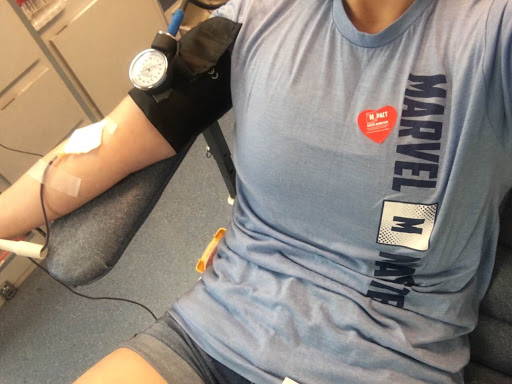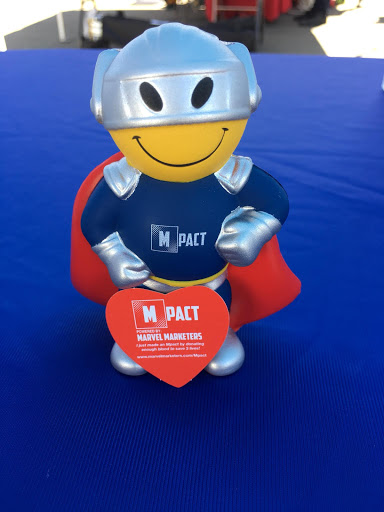Many organizations realize the value of nurturing leads, but when it comes to figuring out the details, they tend to overlook something that’s vital to their success—segmentation.
Lead nurturing is not a one-size-fits-all process because there are different kinds of leads that need to be nurtured, including:
- Prospects who just became aware of you
- Current customers who you’d like to get repeat business from
- People who used to do business with you but haven’t lately
These leads are all at different stages of your marketing funnel, and thus, require very different nurturing content. For example, someone who’s already done business with you doesn’t need the same backstory that a brand new prospect needs. Or someone who’s a former customer needs very different messaging than someone who’s a current customer.
That’s why the right segmentation is so important. By creating as separate nurture strategy for each of these groups, you can provide them with content that’s most relevant to their wants, needs, and current situation.
But this is only the tip of the iceberg.
- The man who put a bunch of products in his cart and never checked out requires different messaging from the woman who signed up in exchange for your free whitepaper. And she also requires different messaging from the man who entered your database after meeting you at a trade show.
- The woman who is an executive decision-maker requires a totally different approach than the man who’s a technical end-user of your product.
- The enterprise lead has very different challenges and needs from the SMB lead.
Ideally, you should have a separate nurture stream for each path into your lead database. For example, if you target both enterprise and SMB customers, you’re likely generating those leads in two different ways because their situations are so different. As a result, you should nurture them in two different ways.
Here’s a segmented nurture strategy we created for a Fortune 25 tech client:

The client’s database contained a variety of personas. Some leads were executive decision-makers, some were specifically technical decision-makers, some were technical professionals who didn’t make the decisions but had influence with the people who did, some had technical needs for retail, while others’ technical needs were B2B.
Here are the nurture streams we created for them:
1. Executive decision-makers
These leads didn’t need all of the technical details and fancy jargon about the product. Instead, they needed to know how the product was going to make their organization more efficient, boost the bottom line, and drive a return on their investment.
2. Technical decision-makers
Because these leads were specifically in the IT department, we used more jargon and technical details with them. However, unlike a pure end user of the product—who cares solely about the product’s specifications—we also used their nurture content to show how the product would improve their teams’ productivity and bottom line.
3. Technical influencers
While these leads didn’t have the power to make decisions, they had a say with the people who did. Because they came from highly-technical backgrounds, our nurture content was written at a much more technical level. And while we may have quickly mentioned bottom lines and ROIs, that wasn’t the focus of their nurture stream.
4. Retailers
The client’s products had very specific features and benefits for retailers, so we created a separate stream for them. That way, we could talk about much more specific things like in-store kiosks and eCommerce case studies—things that are completely irrelevant to the other leads.
Had we tried to nurture all of these leads in a single stream, none of them would have found the messaging particularly relevant. It would have been a waste of inbox space for them and a complete waste of resources for our client.




